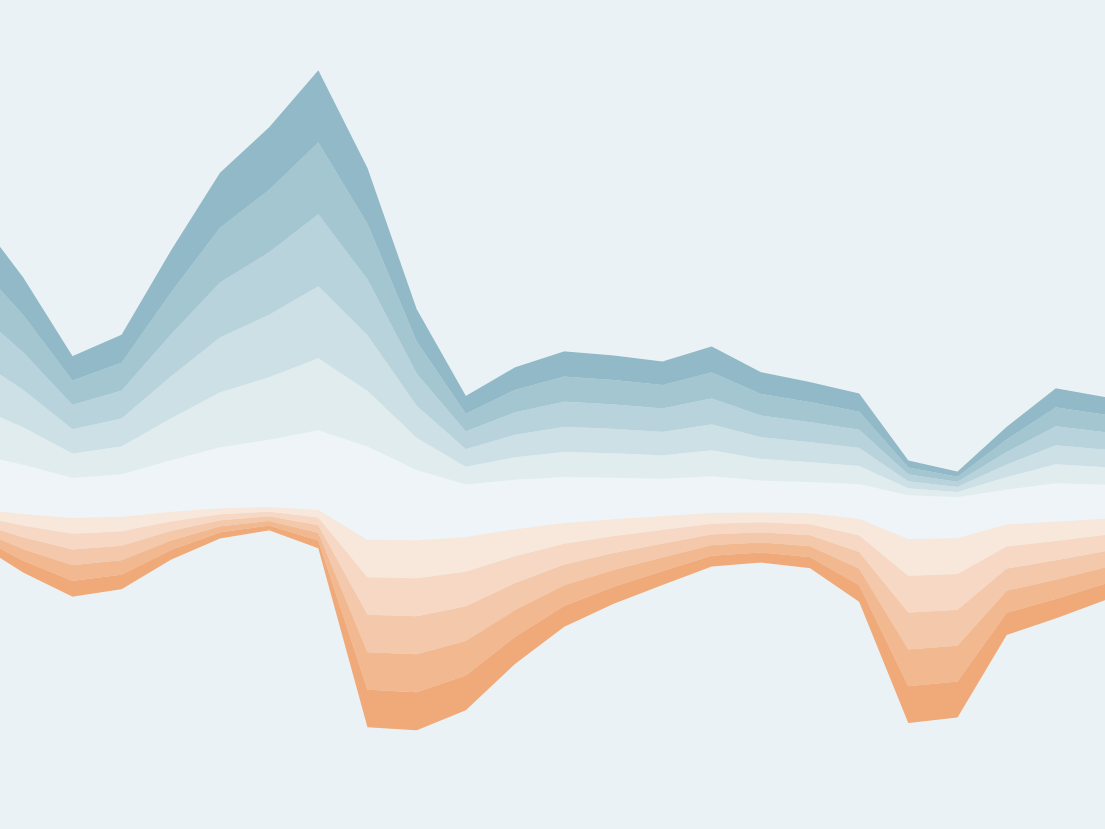We are upping our growth forecast for this year from our May forecast, mainly because we now expect higher tourist numbers than in May. On the other hand, we forecast less growth in the latter years of the forecast period. There are several indications that economic expansion has slowed, mainly inflation, interest rate hikes and dwindling purchasing power. We expect purchasing power to decrease by 0.4% between years this year and to increase by a mere 0.5% next year. This would be the first contraction in purchasing power year-over-year since 2010 and the outlook is for below average (since the turn of the century) growth in purchasing power in coming years.
Slower growth in purchasing power is primarily caused by high inflation. The current inflation is general, meaning that it has several disparate causes. The housing market, which has been one of the primary drivers of inflation, is finally showing signs of slowing down yet not enough to quell inflation completely. International developments are a substantial factor as commodities prices remain high and the Icelandic króna (ISK) has not appreciated as much as expected.
Deteriorating living standards in many of our trading partner countries, inflation at its highest for decades and varied responses from authorities are among the factors that are causing great uncertainty about international trade developments on a global level. This uncertainty leads us to downgrade our expectations for growth in tourist arrivals next year.
These are among the highlights of the economic forecast of Landsbankinn Economic Research, looking forward to year-end 2025.
Highlights
- We expect domestic product to increase by 6.5% this year and 2.1% next year. Growth is heavily dependent on developments in the travel sector and will as such be considerably lower next year than this year, due to slower growth in tourist arrivals. Looking forward, we forecast 3% economic growth in 2024 and 1.9% in 2025.
- We assume that 1.7 million travellers will visit Iceland this year, an increase from our May forecast. On the other hand, we have downgraded our forecast for next year since May, from 2 million to 1.9 million tourists. We expect to see 2.3 million tourists in 2024 and 2.5 million in 2025.
- In total, we expect 22.4% growth in export year-over-year in 2022. Growth will be limited next year (3.7%) due to a slower increase in tourist arrivals and contraction in capelin fishing. Export growth will pick up in 2024 (7%), when we expect conditions to have improved for European households.
- The outlook is for greatly increased import this year, much higher than we expected in May, explained among other things by Icelander’s wanderlust in summer. We are assuming 18.6% import growth this year, slowing significantly in coming years to lie between 2.2-3.5% in 2023-2025.
- The trade balance will be negative this year by 2.2% of GDP, if our forecast holds. As the forecast period progresses, the trade balance will transition from a deficit to a surplus which we expect to peak in 2025, at 1.9% of GDP.
- The ISK has not appreciated as much as we forecast in May. We are of the opinion that the ISK will appreciate a little next year and more significantly in 2024, when we expect to see a trade surplus forming.
- Private consumption has increased a great deal this year to date, driven among other factors by Icelander’s travelling abroad. We expect the increase to tally 6.7% this year but to slow to 2% growth next year and 3-3.3% in the remaining years.
- One of the main uncertainties in our forecast concerns the labour market which is heading into negotiations for collective bargaining agreements. The labour market has been strong, the wage drift significant and businesses have experienced a labour shortage. We expect a 7.6% wage increase this year and 7.1% next year, more or less in line with developments in recent years.
- Unemployment has decreased sharply and this development is unlikely to continue in the long term as part of the labour force is unavoidably unemployed at any given time. We expect unemployment to remain fairly steady throughout the forecast period, averaging 3.2% next year.
- Inflation has peaked in our view and will measure 6.5% on average next year. This is quite a reduction from the 8.1% inflation we forecast this year. We do not expect the CBI’s inflation target to be reached during the forecast period.
- The CBI’s rate hike cycle has likely come to an end, in our opinion. The current interest rate level will be maintained over the coming year and a rate-cutting programme will not be launched until the third quarter of next year.
- Housing price increases are finally cooling down and we expect to see a maintenance of the current status quo in the coming months. In general, housing prices will increase by around 5% next year, which is lower than the average change since the turn of the century and quite a departure from the 22% price rise of this year, if our forecast holds.
- The aim is to reduce the Treasury deficit during the forecast period and even faster than initially planned. The fiscal budget nevertheless assumes ongoing deficit on both national and municipality levels up to the year 2027.


